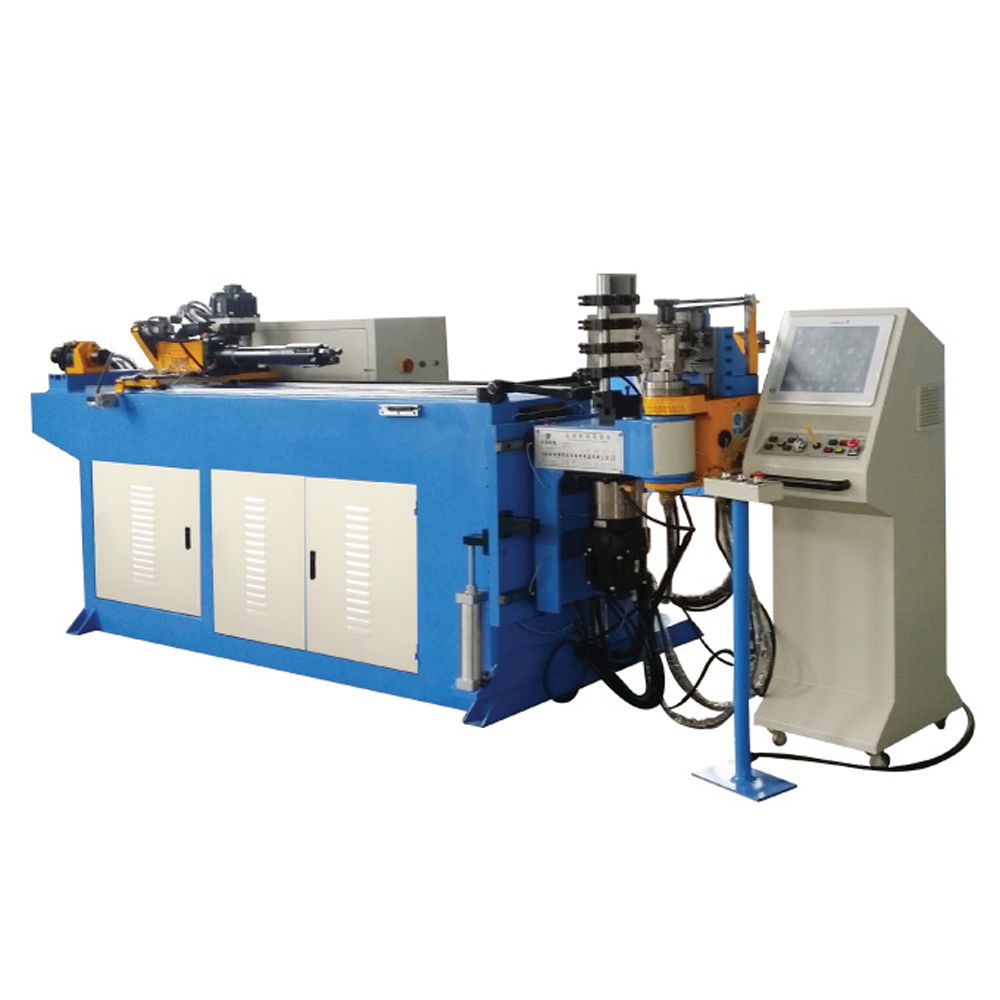What is the correct way to debug the mold core of Chinese single head pipe bending machine?

In the molds of machine tools for pipe bending machines, we often say that there are two kinds of core rod bending and coreless rod bending, and the coreless rod bending is much simpler. It usually appears on the carbon steel pipe with a large bending radius. Some galvanized pipes, such as thick pipe walls, are common, and the double-head pipe bending machine on our hydraulic pipe bending machine uses a coreless bar to bend, the mold manufacturing cost is also low, and the technical difficulty is not great. However, when the mandrel is bent, the technical difficulty is relatively high, especially when using our pipe processing machine, using a bending machine mold with a core rod and a wrinkle preventing mold, etc. It is a lot harder. A solid rod of the same diameter can provide a suitable fit for the anti-wrinkle plate. When the rod is controlled by the clamp, the anti-wrinkle plate is gently pushed from the rod to the front part to protect the anti-wrinkle plate fixing device. The flat end of the anti-wrinkle plate can be brought back from the stamp to minimize the pulling force. To check the slope, the center of the clamping cavity has a straight edge until the back of the anti-wrinkle plate. The edge of this level should be as close as possible to the tangent point. Anti-wrinkle panels made of Ampco bronze also help reduce tension and prevent wear. The anti-wrinkle plate made of 4130 has been proved to be very successful, and its wear is much smaller than that of low carbon steel and Ampco bronze. Just use a little bit of good quality lubricant. Excessive oil can cause wrinkles. Bending of the pipe of the automatic pipe bending machine may cause the pipe to break:
A. The softness and elongation of the mandrel are not sufficient.
B. The tube slides in the jaw.
C. The stamper is too tight - causing excessive tension.
D. The core rod wrinkles or gets stuck between the ball and the ball.
E. The clamp presses the ball of the mandrel.
F. Improper lubrication or insufficient.
G. The mandrel is too far forward.